The history of cannabis as a mind-altering drug dates back to archaeological finds in prehistoric societies in Eurasia and Africa. The first written record of cannabis usage is a Greek historian’s description of central Eurasians taking mind-altering steam baths with burning cannabis leaves. Classical Greeks and Romans used cannabis, while in the Middle East, use spread throughout the Islamic empire to North Africa. In 1545, cannabis came to the western hemisphere where Spaniards imported it to Chile for its use as fiber.
In North America, cannabis cultivation is as old as the American colonies. Hemp was grown for use in rope, clothing, and paper. George Washington even grew hemp on his farm, and it became commonplace in the United States throughout the 18th and 19th centuries. It was introduced in western medicine in 1839 and became ubiquitous in American pharmacies in the 1850s, By the 1880s, oriental-style hashish parlors could be found in every large east coast city.
The cannabis backlash
Cannabis wasn’t used recreationally until its introduction in the early 1900s by Mexican immigrants, who referred to it as marijuana. Laws restricting marijuana, fueled by sensationalized stories, headlines, and rumors about its harmful effects, were introduced in 1906 and spread throughout the states.
In 1937, the federal government first regulated marijuana with the Marijuana Tax Act. More restrictive measures soon followed. In 1952, the Boggs Act imposed harsh mandatory sentences for infractions involving a range of drugs, including marijuana. Congress passed the Controlled Substances Act in 1970, which defined schedules (categories) for groups of drugs based on perceptions of their medical usefulness and potential for abuse.
The federal government considered Schedule 1 drugs—the most restrictive category—as offering no valid medical use and a high potential for abuse. Schedule 1 included marijuana, along with heroin and LSD, a decision likely influenced by President Nixon’s disdain for the counterculture rather than by any legal, scientific or medical opinion. Schedule I made it difficult even for medical or scientific researchers to obtain marijuana for study, preventing exploration of its potentially useful effects.
The states plot their own course
During the 1970s and into the 80s, some states passed laws addressing the medical use of cannabis, though they were hampered by its continued federal level prohibition. In 1996, California was the first state to legalize the medical use of cannabis. Several other states soon followed, as well as Washington D.C., though the federal government continued to raid medical cannabis clubs and prosecute medical cannabis providers throughout the country.
Responding to these increased raids, Congress passed an amendment in 2014 prohibiting federal prosecution of individuals acting in accordance with state medical cannabis laws.
In 1973, Oregon became the first state to decriminalize cannabis, and other states and cities throughout the 1970s soon followed. New Mexico passed the first state law in 1978 recognizing the medical benefits of marijuana, and more than 30 states passed similar legislation in the following years.
In 1980, the National Cancer Institute (NCI) began the distribution of Marinol, an oral form of THC (the primary active ingredient in marijuana), to San Francisco cancer patients. The FDA approved the drug in 1985. During that time, six states conducted studies comparing smoked marijuana to oral THC in cancer patients, which revealed that thousands of patients found marijuana safer and more effective than synthetic THC.
In 1990, scientists discovered the human cannabinoid receptor system, which allowed a greater understanding of the pharmacological effects of cannabinoids, which occur when the THC in cannabis binds with these receptors in the brain.
In 2001, Nevada became the first state in over two decades to decriminalize cannabis. In the following years, major U.S. cities either decriminalized cannabis or made enforcement of cannabis laws the lowest priority.
Colorado and Washington became the first states, in 2012, to legalize the recreational use of cannabis, allowing adults age 21 and older to possess up to an ounce. In 2014, Alaska, Oregon, and Washington D.C. followed. That year, the Justice Department introduced a policy to allow Indian tribes to legalize cannabis use and sales on their lands. California, Nevada, Maine, and Massachusetts legalized cannabis in 2016.
Further cannabis legalization measures seem likely. According to Gallup, 58 percent of Americans support legalizing marijuana. As research continues to expand its study and reporting of the various benefits provided by cannabis, support from medical, business and mental health professionals grow as well.
LOCATION
40 Westfield Industrial Park
Westfield, MA 01085
Get Directions
CONTACT
(413) 752-2269
Job Opportunities
HOURS
Monday - Saturday 9am–9pm
Sunday 10am–8pm

